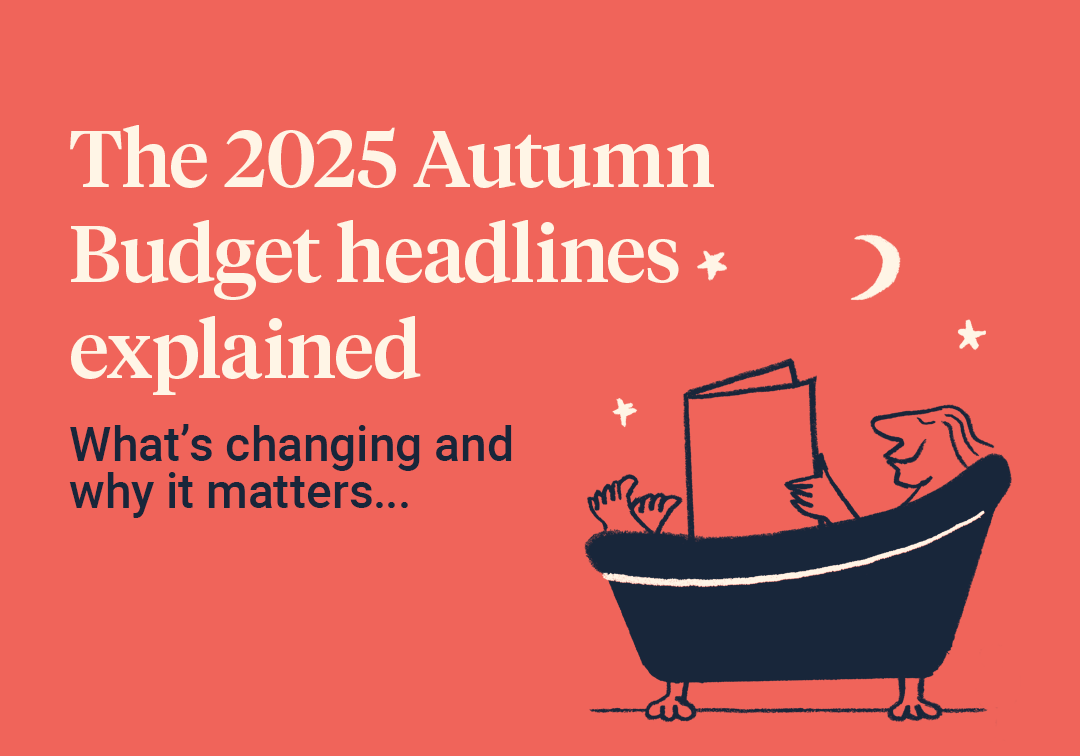Back in 2006 you had A-day[1], which was meant to simplify pensions and provide greater flexibility. Fast forward to last year and the government brought you L-day[2], with the abolition of the Lifetime Allowance (LTA)[3] being one of the highlights.
From a financial planning perspective, these changes are far reaching, and this article aims to explain some of them.
What is the ‘outgoing’ lifetime allowance?
The Lifetime Allowance is the total amount the government allow you to build up within your pension without incurring a tax charge. It currently sits at £1,073,100 but at one point had reached a high of £1.8 million[4]. To protect the higher amount, when the government gradually reduced the LTA, they also offered accompanying protections[5] (subject to qualifying criteria).
What are the high-level changes?
- Prior to L-Day, if you took benefits and it exceeded the LTA, there was a tax charge on the excess of either 25% or 55%[6]. With just over a month to go, the LTA is not yet abolished; however, the tax charge is set to zero and any excess is instead subject to tax at your marginal rate of income tax.
Let’s look at what this means in a worked example:
Mark, went into the 2023/24 tax year, with 9.32% of his LTA remaining. He has no protection in place, meaning his remaining LTA is £100,000 (9.32% of £1,073,100).
The uncrystallised part of his pension is £200,000. He is only able to take £100,000 where 25% (£25,000) is tax-free[7]. The L-day changes affect what happens with the excess (the remaining £100,000).





